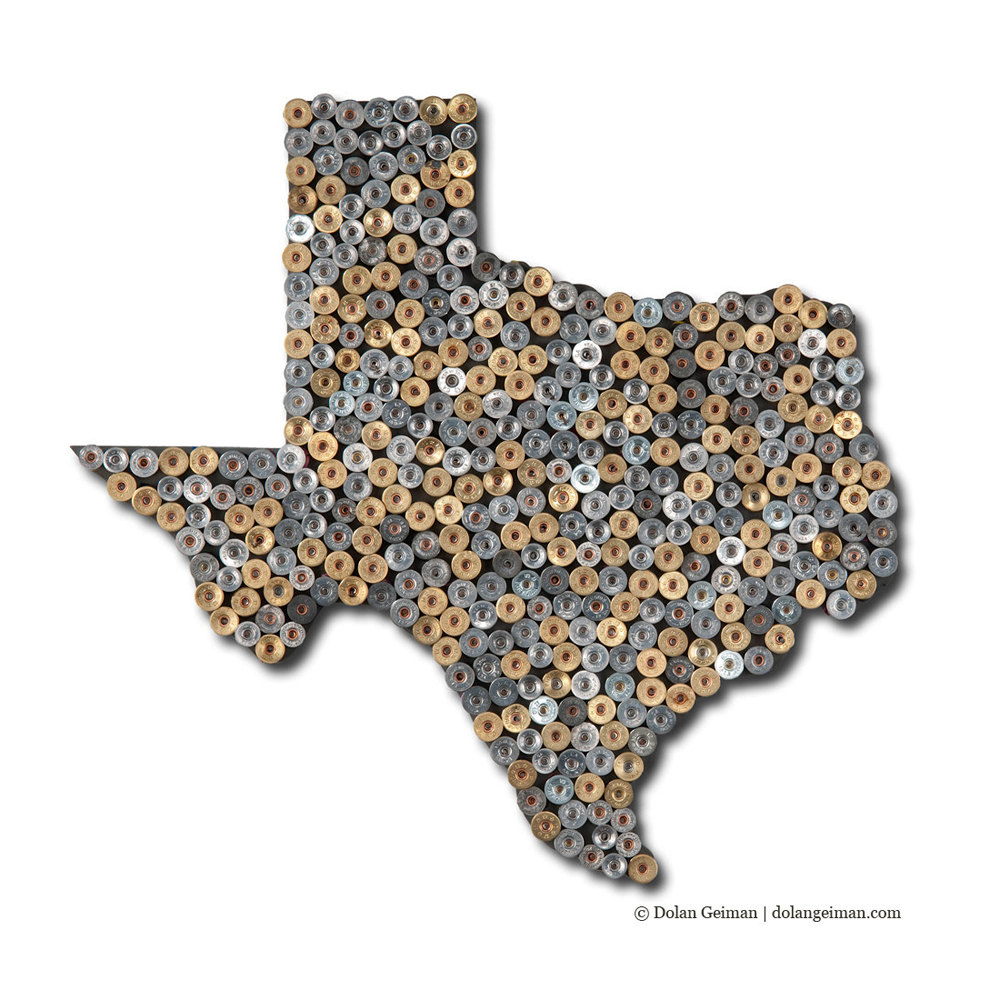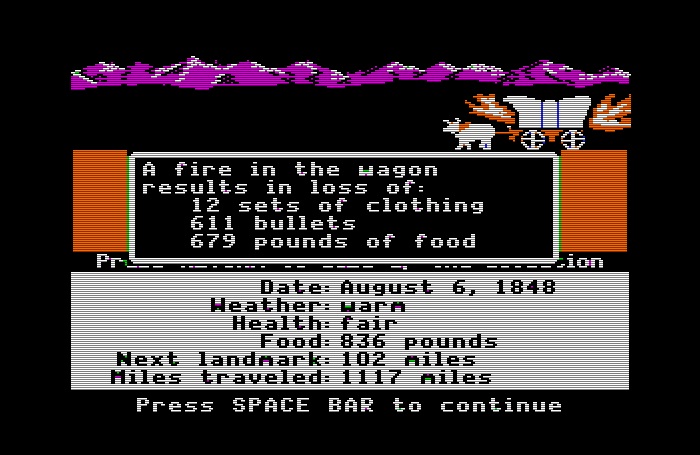 I decided I needed to break this up into multiple posts.
I decided I needed to break this up into multiple posts.
10:22AM CST – Sarah Gervase
Sarah is NRA’s Assistance General Council. She is also largely responsible for putting together this seminar. Her topic is Civil Rights Lawsuits against the government under 42 U.S.C. Section 1983 of the Civil Rights Act of 1866, and how to handle those cases. Lawsuits under 1983 are the most common means of for asserting rights against states and localities. The Civil Rights Act that enabled these suits was known as the “Klu Klux Klan Act,” since it was intended to allow Blacks to bring suits in federal courts to assert their rights against state infringement.
The first case she discusses if the house-to-house confiscation of firearms in New Orleans. Most of us will remember this. She describes this as “Steve Halbrook’s finest hour.” She shows the video of three California Highway Patrol officers who tackled and beat and old woman because she was palming an unloaded revolver.You might remember NRA footage from this incident. She said the circumstances were also worse than was shown on the video. This case lead to a civil rights lawsuits on several grounds, including the Second Amendment. These cases prevailed, and resulted in both federal and state reforms to prevent anything like this from happening again.
Sarah goes into a discussion of “qualified immunity,” which makes police officers generally immune from suit, unless their actions violated a clearly established precdent. In order to sue an officer in his personal capacity, one has to overcome qualified immunity. She notes that only in very rare cases do police officers sued in their personal capacity have to pay the claims themselves personally.
There have been cases of police officers using NRA stickers on cars, or using gun ownership as a reason for executing no-knock raids. In one case, Estep v. Dallas County Texas, where an NRA sticker was argued to create sufficient probable cause for a search. A quote from the 5th Circuit Court stands out:
The presence of the NRA sticker in the vehicle should not have raised the inference that Estep was dangerous and that he might gain immediate control of a weapon. Regardless of weather there is some correlation between the display of an NRA sticker and gun possession, placing an NRA stick in one’s vehicle is certainly legal and constitutes expression which is protected by the First Amendment. A police officer’s inference that danger is afoot because a citizen displays an NRA sticker on a vehcicle presents a distubring First and Fourth Amendment implications…
If the presence of an NRA sticker and camaouflage gear in a vehicle could be used by an officer to conclude he was in danger, half the pickups in the State of Texas would be subject to a vehicle search.
Sarah notes that open carry cases have also been fertile grounds for 1983 lawsuits. That’s surprising to no one who has followed this blog.
On to judgements. Most readers here will remember several big payouts to gun rights groups from Chicago. NRA recieved $633,294.10 from Chicago, and an additional $663,294.10 from Oak Part. Apparently Chicago also ended up reembursing Oak Park for most of their costs. There is a lot of legal voodoo that would seem to go into determining judgements. As a non-lawyer, I’m having more difficulty following. Sarah touches briefly on Bivens Actions, which are essentially 1983 actions against the federal government, the Federal Tort Claims Act, and on State RKBA provisions.
11:13AM CST – Robert E. Sanders
Bob Sanders is an attorney and Former Assistant Director of Criminal Enforcement for ATF. His presentation is “ATF Licensing and Duties of the Licensee.”
Bob begins his presentation on the incredible growth in federal crimes. He esstimates there are some 40,000 crimes on the book, which certainly doesn’t include all of them. No one really knows for sure. Most of the cases he’s handled involve Federal Firearms Licencees. He notes that, by in large, the industry is made up of small business, who aren’t going to be hiring compliance officers as big players in a regulated industry would typically do, so compliance ends up on the business owner. Not all FFLs are as careful about regulation as they need to be. FFLs are a declining breed. We have lost 2/3rds of our FFL since the 1990s. One reason for this is the purpose of compliance and enforcement within ATF is to revoke licenses, and “That’s where you come in,” he says to the attorneys in the room.
Sanders goes into a brief history of federal firearms laws. Have you ever seen the list of the major gun control acts? I’ll try to summarize:
1927 – US Pistol Service: makes it illegal to use the mail to ship firearms that are concealable on the person.
1934 – National Firearms Act: reglated SBRs, SBSs, Machine Guns, Silencers, and “Any Other Weapons,” by applying a $200 transfer tax, which was quite a chunk of change for the time. It doubled the cost of a Thompson Submachine Gun at the time.
1938 – Federal Firearms Act: required a $1 license to deal in firearms. Required record keeping. Forbade shipping or delivering firearms to persons under indictment for, or were convicted of a “crime of violence.”
1968 – Gun Control Act: repealed the 1938 Federal Firearms Act, and replaced it most of the current regime we live under today. This is where 4473s came from, where all the interstate restrictions came from, and where the classes of prohibited persons was more broadly and closely defined.
1986 – Firearms Owners Protection Act: reformed the most egregious requirements of the Gun Control Act. Allowed mail order ammunition sales. Allow ammunition to be sold by non-FFLs. Limited ATF action. Allowed Safe Travels. Banned Machine Guns manufactured after May 19, 1986. Allowed gun shows.
1993 – Brady Act: required FFLs to conduct background checks on prospective buyers. Still active law, though part of the law that required local LEOs to conduct background checks was struck down by the Supreme Court. But that provision is no longer in force since NICS came on line.
1994 – Federal Assault Weapons Ban: banned scary looking guns by name and by a two feature test. Expired in 2004. No longer active law.
2005 – Protection of Lawful Commerce in Arms Act: provides limited immunity to manufactures, distributors, and dealers from lawsuits designed to bankrupt the industry by holding them responsible for the criminal acts of others.
Sanders relays a number of stories about what to expect with inspections. ATF procedure does not follow the Administrative Procedures Act. The hearing will be at an ATF office, and be presided over by an ATF Employee, rather than an Administrative Law Judge. “It will be the most unfair hearing you will ever have.” He notes there is a statutory right to appeal to Federal District Court, but success in these cases is rare, as most federal judges are loathe to reverse administrative. Appeals beyond District Court are likewise rarely successful.
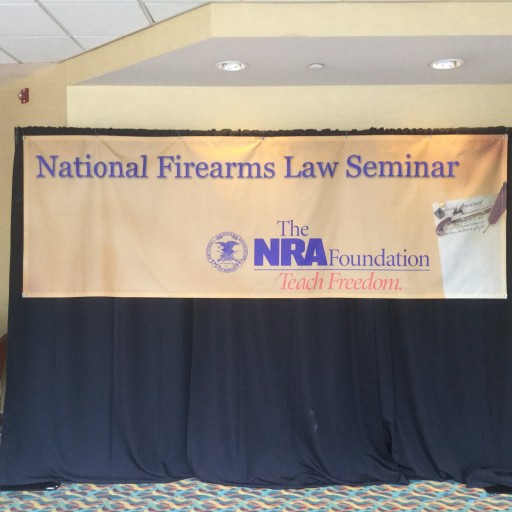


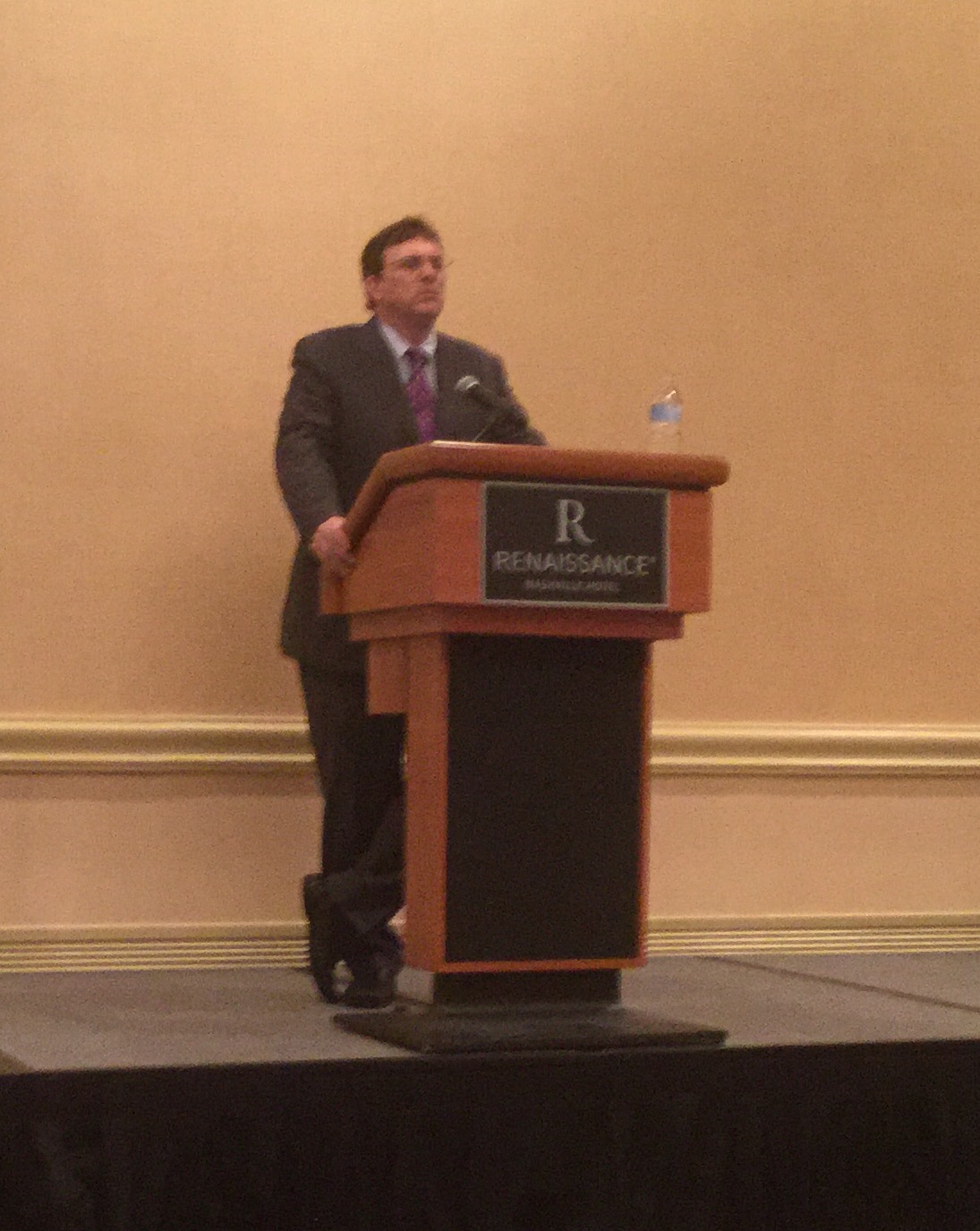 Our Lunch speaker is Professor Glenn Reynolds of
Our Lunch speaker is Professor Glenn Reynolds of  I decided I needed to break this up into multiple posts.
I decided I needed to break this up into multiple posts.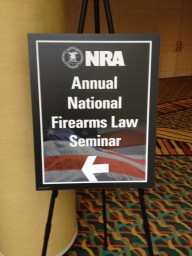 Sorry for the dead air the last few days, but we’ve been on the road. Now we’re at the
Sorry for the dead air the last few days, but we’ve been on the road. Now we’re at the 

